Scientists at the Bayerisches Geoinstitut in Germany are working on recreating the conditions of the Earth's mantle - a thick, rocky layer that sits under the outer crust almost 3 kilometres below the surface. It's a pretty important component for scientists to wrap their heads around, as it constitutes around 85 percent of the total mass and weight of our planet.
Led by geochemist Dan Frost, the team's main job is to crush a bunch of rocks at the highest pressures possible to determine the exact composition of the biggest structural component of our planet. While it's been assumed that the Earth's mantle was made from materials that were flung about by the asteroid belt - the same materials that make up a meteorite - previous analyses have found that the mantle contains significantly less silicon than meteorite material. It's Frost's mission to figure out where all that silicon went.To produce the pressure needed to mimic what's going on deep inside the Earth, Frost's team uses two types of presses. "The first uses a powerful piston to squeeze tiny samples of crystals at up to 280,000 times atmospheric pressure, as they are simultaneously cooked by a furnace," says David Robinson at BBC Future. "That recreates the conditions in the top layers of the lower mantle at around 800 or 90 km (500 to 562 miles) below the Earth's surface, causing the atoms of the crystal to rearrange into denser structures."These minerals are then crushed even further under the pressure of an anvil made from two tiny diamonds. This allows the the team to recreate what a mineral would look like all the way down in the deepest parts of the lower mantle layer. The pressure exerted by the minuscule diamonds is about 1.3 million times that of Earth's atmospheric pressure. And here's the genius part - Frost explains that while the minerals are still crushed inside the anvil, he takes measurements of howsound waves are travelling through them and compares this to how seismic wavestravel through the layers of the Earth whenever there's an earthquake or volcano eruption to figure out if their composition is the same.According to Robinson, the results of Frost's experiment have revealed that, as suspected, there isn't enough silicon in the mantle materials to match meteorite material. It could be that it's sunk right through the mantle, even as far down as the inner core, or maybe all the silicon went the other way and ended up in the very young Earth's crust, only to be blasted free by impacting meteorites. That's what Frost and his team have to figure out next.One of the more peculiar results of Frost's research was the discovery that you can make diamonds using plain old peanut butter. How does something like that even happen? Another part of his research is to investigate how certain geological processes could have stripped carbon dioxide out of the Earth's oceans and deposited it into its rocks, which were then pushed down into the mantle over billions of years and transformed into diamonds. But the problem with testing this theory is the sheer difficulty of creating a diamond from scratch in the lab. Robinson explains at BBC Future:"Frost is hardly likely to make a fortune from his harvest; the diamonds take an agonisingly long time to grow. 'If we wanted a two-or-three-millimetre diamond, we would need to leave it for weeks,' he says. That hasn't stopped him experimenting with other sources for his diamond maker, however; at the behest of a German TV station, he attempted to create some diamonds from carbon-rich peanut butter. 'A lot of hydrogen was released that destroyed the experiment,' he says, 'but only after it had been converted to diamond.'Sounds pretty inconvenient to us, so we'd be happy to take all that carbon-rich peanut butter off his hands...
Beiruting News
Other news
-
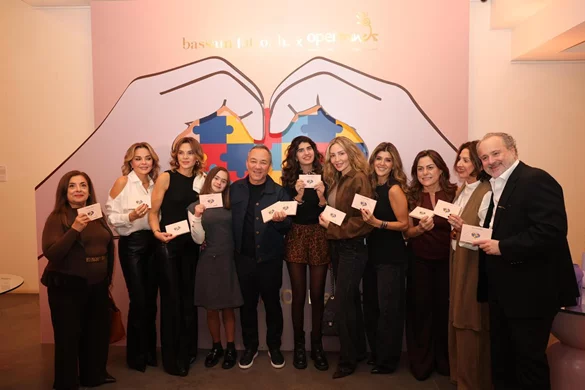 What's up ?
What's up ?Bassam Fattouh and OpenMinds Celebrate Diversity and Beauty with “The Puzzle of Beauty”
09 december 2025 -
 What's up ?
What's up ?Tania Kassis Faces Cyberattack Ahead of Her Concerts… but the Show Goes On!
09 december 2025 -
 What's up ?
What's up ?Zahle Magical Christmas: A First-of-Its-Kind Holiday Spectacle in the Bekaa
08 december 2025 -
 What's up ?
What's up ?Joy with Every Turn: Zaitunay Bay Unveiled Lebanon’s First Rotating Tree
05 december 2025 -
 What's up ?
What's up ?Tawfeer Supermarket Launches Christmas Initiative with Tamanna to Fulfill Wishes of 9 Children Across Lebanon
01 december 2025 -
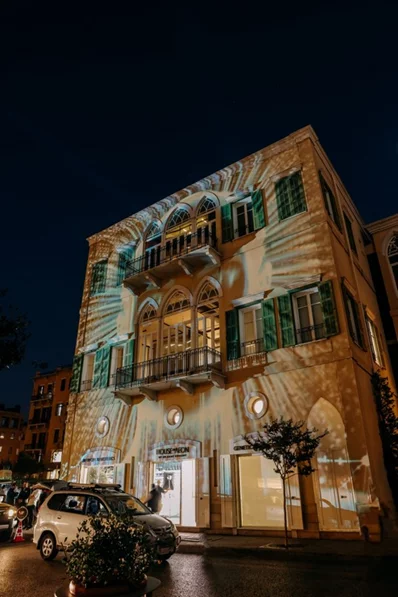 What's up ?
What's up ?House of Aeon Launches Beirut’s First 360° Longevity & Biohacking Wellness Hub in Downtown Beirut
01 december 2025 -
.webp) What's up ?
What's up ?Whish Money Brings the Magic of Elf Town to Beirut This Christmas
24 november 2025 -
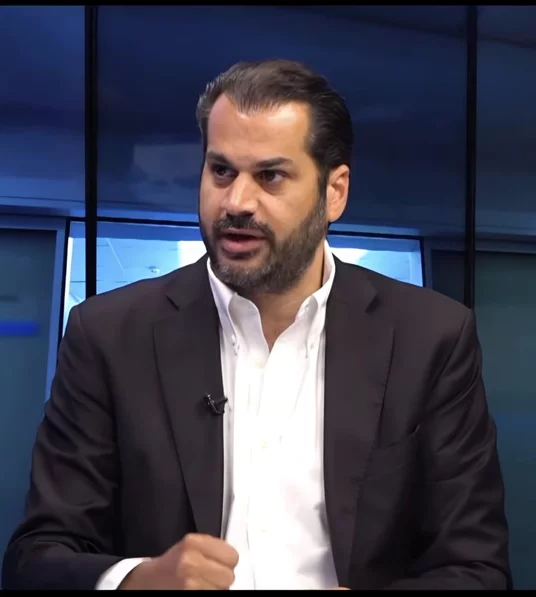 What's up ?
What's up ?Inside Lebanon’s Pharmaceutical Battle: Joseph Ghorayeb on Challenges, Quality, and Trust
20 november 2025 -
 What's up ?
What's up ?The Grand Voyage of the Phoenicians – Bringing Lebanon’s Heritage to Life Lebanon Revives the Phoenicians Through a Groundbreaking Immersive Experience
20 november 2025 -
 What's up ?
What's up ?ITALIAN CUISINE WEEK IN LEBANON 2025: CELEBRATING TASTE, CULTURE, AND INNOVATION
20 november 2025 -
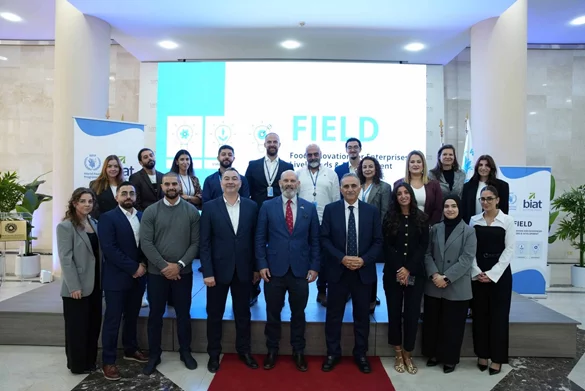 What's up ?
What's up ?WFP and BIAT Launch the FIELD Initiative to Strengthen the Food System and Empower Local Enterprises in North Lebanon
20 november 2025 -
 What's up ?
What's up ?UGG BRINGS ITS AW25 COLLECTION TO LIFE AT AOUT GALLERY IN BEIRUT
19 november 2025 -
 What's up ?
What's up ?Hikmat Abou Zeid: Lebanon’s Renewal Needs Accountability
18 november 2025 -
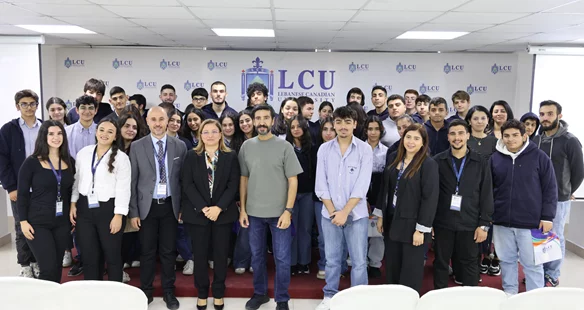 What's up ?
What's up ?Lebanese Canadian University (LCU) Hosts Its Open Doors 2025 Event at the Aintoura Campus, Keserwan
18 november 2025 -
 What's up ?
What's up ?Shining Stars of Hope A Night of Music, Solidarity, and Support
13 november 2025 -
 What's up ?
What's up ?Cinté Soft Beauty Opens New Luxury Beauty Destination in Antelias
10 november 2025 -
 What's up ?
What's up ?Neovitale and Partners Stand with Women Fighting Breast Cancer During Pink October
10 november 2025 -
 What's up ?
What's up ?Lebanese Society of Endocrinology Diabetes and Lipids (LSEDL) Pioneering Call to Action for Diabetes Prevention and Early Intervention in Lebanon
09 november 2025 -
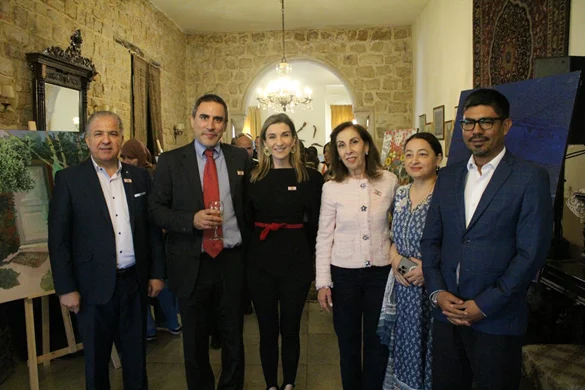 What's up ?
What's up ?Independence Day Celebration in Haret Kanaan – Jezzine
09 november 2025 -
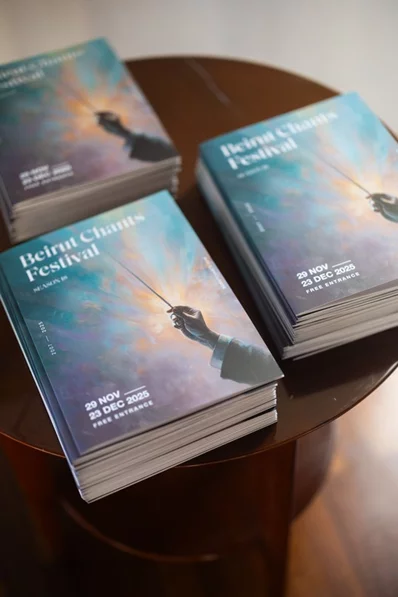 What's up ?
What's up ?Beirut Chants Festival Season 18
08 november 2025





